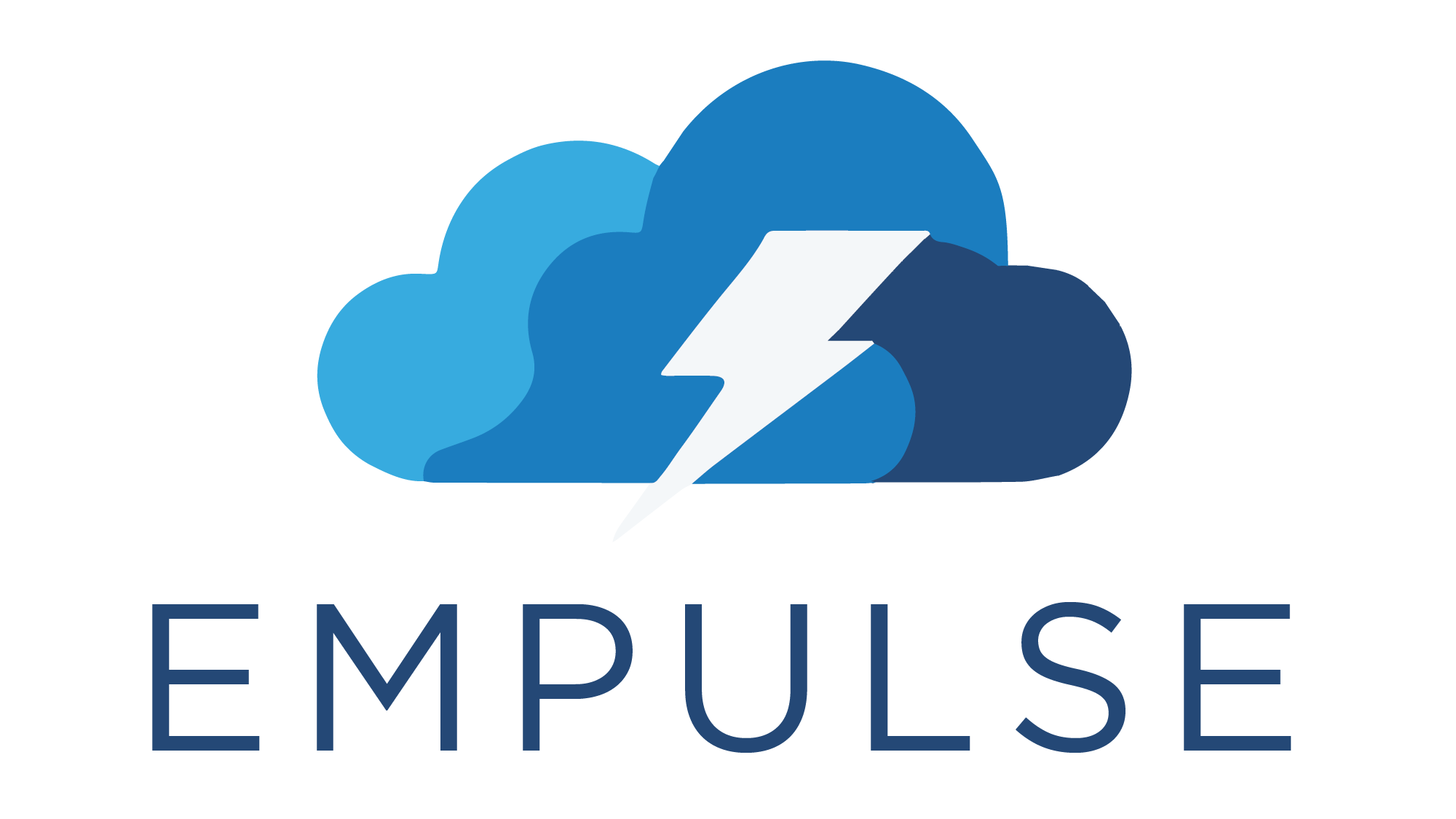CostMatrix#
- class empulse.metrics.CostMatrix[source]#
Class to create a custom value/cost-sensitive cost matrix.
You add the costs and benefits that make up the cost matrix for each case (true positive, true negative, false positive, false negative). The costs and benefits are specified using sympy symbols or expressions. Stochastic variables are supported and can be specified using sympy.stats random variables. Stochastic variables are assumed to be independent of each other.
Read more in the User Guide.
- Attributes:
- tp_benefitsympy.Expr
The benefit of a true positive. See
add_tp_benefitfor more details.- tn_benefitsympy.Expr
The benefit of a true negative. See
add_tn_benefitfor more details.- fp_benefitsympy.Expr
The benefit of a false positive. See
add_fp_benefitfor more details.- fn_benefitsympy.Expr
The benefit of a false negative. See
add_fn_benefitfor more details.- tp_costsympy.Expr
The cost of a true positive. See
add_tp_costfor more details.- tn_costsympy.Expr
The cost of a true negative. See
add_tn_costfor more details.- fp_costsympy.Expr
The cost of a false positive. See
add_fp_costfor more details.- fn_costsympy.Expr
The cost of a false negative. See
add_fn_costfor more details.
Examples
Reimplementing the
empc_scorecost matrix.import sympy as sp from empulse.metrics import CostMatrix clv, d, f, alpha, beta = sp.symbols( 'clv d f alpha beta' ) # define deterministic variables gamma = sp.stats.Beta('gamma', alpha, beta) # define gamma to follow a Beta distribution cost_matrix = ( CostMatrix() .add_tp_benefit(gamma * (clv - d - f)) # when churner accepts offer .add_tp_benefit((1 - gamma) * -f) # when churner does not accept offer .add_fp_cost(d + f) # when you send an offer to a non-churner .alias({'incentive_cost': 'd', 'contact_cost': 'f'}) )
- add_fn_benefit(term)[source]#
Add a term to the benefit of classifying a false negative.
- Parameters:
- term: sympy.Expr | str
The term to add to the benefit of classifying a false negative.
- Returns:
- CostMatrix
- add_fn_cost(term)[source]#
Add a term to the cost of classifying a false negative.
- Parameters:
- term: sympy.Expr | str
The term to add to the cost of classifying a false negative.
- Returns:
- CostMatrix
- add_fp_benefit(term)[source]#
Add a term to the benefit of classifying a false positive.
- Parameters:
- term: sympy.Expr | str
The term to add to the benefit of classifying a false positive.
- Returns:
- CostMatrix
- add_fp_cost(term)[source]#
Add a term to the cost of classifying a false positive.
- Parameters:
- term: sympy.Expr | str
The term to add to the cost of classifying a false positive.
- Returns:
- CostMatrix
- add_tn_benefit(term)[source]#
Add a term to the benefit of classifying a true negative.
- Parameters:
- term: sympy.Expr | str
The term to add to the benefit of classifying a true negative.
- Returns:
- CostMatrix
- add_tn_cost(term)[source]#
Add a term to the cost of classifying a true negative.
- Parameters:
- term: sympy.Expr | str
The term to add to the cost of classifying a true negative.
- Returns:
- CostMatrix
- add_tp_benefit(term)[source]#
Add a term to the benefit of classifying a true positive.
- Parameters:
- term: sympy.Expr | str
The term to add to the benefit of classifying a true positive.
- Returns:
- CostMatrix
- add_tp_cost(term)[source]#
Add a term to the cost of classifying a true positive.
- Parameters:
- term: sympy.Expr | str
The term to add to the cost of classifying a true positive.
- Returns:
- CostMatrix
- alias(alias, symbol=None)[source]#
Add an alias for a symbol.
- Parameters:
- alias: str | MutableMapping[str, sympy.Symbol | str]
The alias to add. If a MutableMapping (.e.g, dictionary) is passed, the keys are the aliases and the values are the symbols.
- symbol: sympy.Symbol, optional
The symbol to alias to.
- Returns:
- CostMatrix
Examples
import sympy as sp from empulse.metrics import Metric, Cost clv, delta, f, gamma = sp.symbols('clv delta f gamma') cost_matrix = ( CostMatrix() .add_tp_benefit(gamma * (clv - delta * clv - f)) # when churner accepts offer .add_tp_benefit((1 - gamma) * -f) # when churner does not accept offer .add_fp_cost(delta * clv + f) # when you send an offer to a non-churner .alias({'incentive_fraction': 'delta', 'contact_cost': 'f', 'accept_rate': 'gamma'}) ) cost_loss = Metric(cost_matrix, Cost()) y_true = [1, 0, 1, 0, 1] y_proba = [0.9, 0.1, 0.8, 0.2, 0.7] cost_loss( y_true, y_proba, clv=100, incentive_fraction=0.05, contact_cost=1, accept_rate=0.3 )
- mark_outlier_sensitive(symbol)[source]#
Mark a symbol as outlier-sensitive.
This is used to indicate that the symbol is sensitive to outliers. When the metric is used as a loss function or criterion for training a model,
RobustCSClassifierwill impute outliers for this symbol’s value. This is ignored when not using aRobustCSClassifiermodel.- Parameters:
- symbol: str | sympy.Symbol
The symbol to mark as outlier-sensitive.
- Returns:
- CostMatrix
Examples
import numpy as np import sympy as sp from empulse.metrics import Metric, Cost from empulse.models import CSLogitClassifier, RobustCSClassifier from sklearn.datasets import make_classification X, y = make_classification() a, b = sp.symbols('a b') cost_matrix = CostMatrix().add_fp_cost(a).add_fn_cost(b).mark_outlier_sensitive(a) cost_loss = Metric(cost_matrix, Cost()) fn_cost = np.random.rand(y.size) model = RobustCSClassifier(CSLogitClassifier(loss=cost_loss)) model.fit(X, y, a=np.random.rand(y.size), b=5)
- set_default(**defaults)[source]#
Set default values for symbols or their aliases.
- Parameters:
- defaults: float
Default values for symbols or their aliases. These default values will be used if not provided in __call__.
- Returns:
- CostMatrix
Examples
import sympy as sp from empulse.metrics import Metric, Cost clv, delta, f, gamma = sp.symbols('clv delta f gamma') cost_matrix = ( CostMatrix() .add_tp_benefit(gamma * (clv - delta * clv - f)) # when churner accepts offer .add_tp_benefit((1 - gamma) * -f) # when churner does not accept offer .add_fp_cost(delta * clv + f) # when you send an offer to a non-churner .alias({'incentive_fraction': 'delta', 'contact_cost': 'f', 'accept_rate': 'gamma'}) .set_default(incentive_fraction=0.05, contact_cost=1, accept_rate=0.3) ) cost_loss = Metric(cost_matrix, Cost()) y_true = [1, 0, 1, 0, 1] y_proba = [0.9, 0.1, 0.8, 0.2, 0.7] cost_loss(y_true, y_proba, clv=100, incentive_fraction=0.1)

